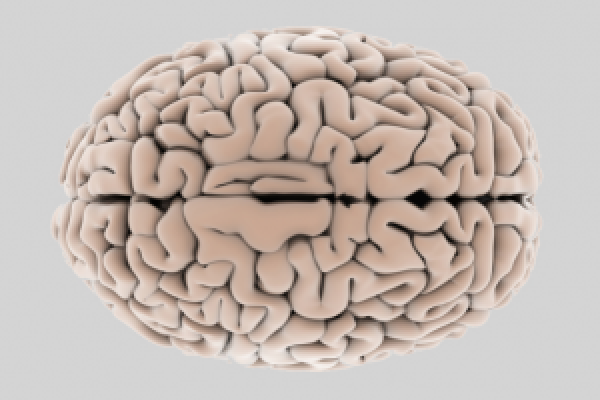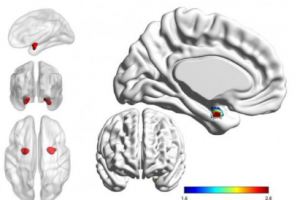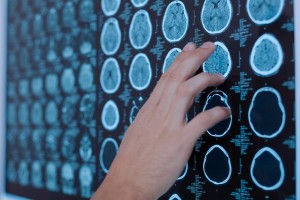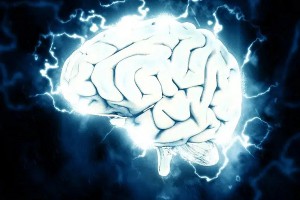Brain folding sheds light on neurological diseases, researchers find
It may seem unlikely that studying the mechanics of concrete would inform brain research.
It may seem unlikely that studying the mechanics of concrete would inform brain research. However, Ellen Kuhl, mechanical engineering professor started out studying the molecular interactions of concrete and is now applying this understanding to the field of neuroscience, where her research has led to groundbreaking discoveries about neurological disorders.
According to Kuhl, a mechanical perspective on brain functioning could have direct implications on the diagnosis and treatment of a diverse array of diseases.
The folds in the brain allow for a large cortical surface area to exist in the small space of the skull. The folded feature of brain tissue is thought to increase the brain’s connectivity and computational power. Increasingly, researchers including those on Kuhl’s team have found that mechanical forces in brain folding may affect much more than space maximization — they are finding that these forces shape developing brains and may underlie diseases from Alzheimer’s to traumatic brain injury.
Researchers are capitalizing on this approach to take a critical look at diseases such as chronic traumatic encephalopathy. Until now, encephalopathy could not be diagnosed without a postmortem study of the brain, but Kuhl and her team are working to change that.
To do so, they are studying the structure of neurons, in particular the axon portion of the neuron, which sends cell signals, and how it responds to the sudden shocks that accompany traumatic brain injury.
They examine the development of autism. The team will take some of the first measurements of brain mechanics in living people by shaking participants gently and measuring the effects of the resulting movement in their brains through MRI brain imaging.
Trauma happens quickly and in a small part of the brain, whereas Alzheimer’s slowly affects the whole brain, for example, however Kuhl argues that this research will be applicable to any time scale.
Within a decade, Kuhl believes that this research will lead to the construction of a brain model that traces the mechanical influences of brain folding from prenatal development through disease and long-term decline.
Stanforddaily.com





Related Posts